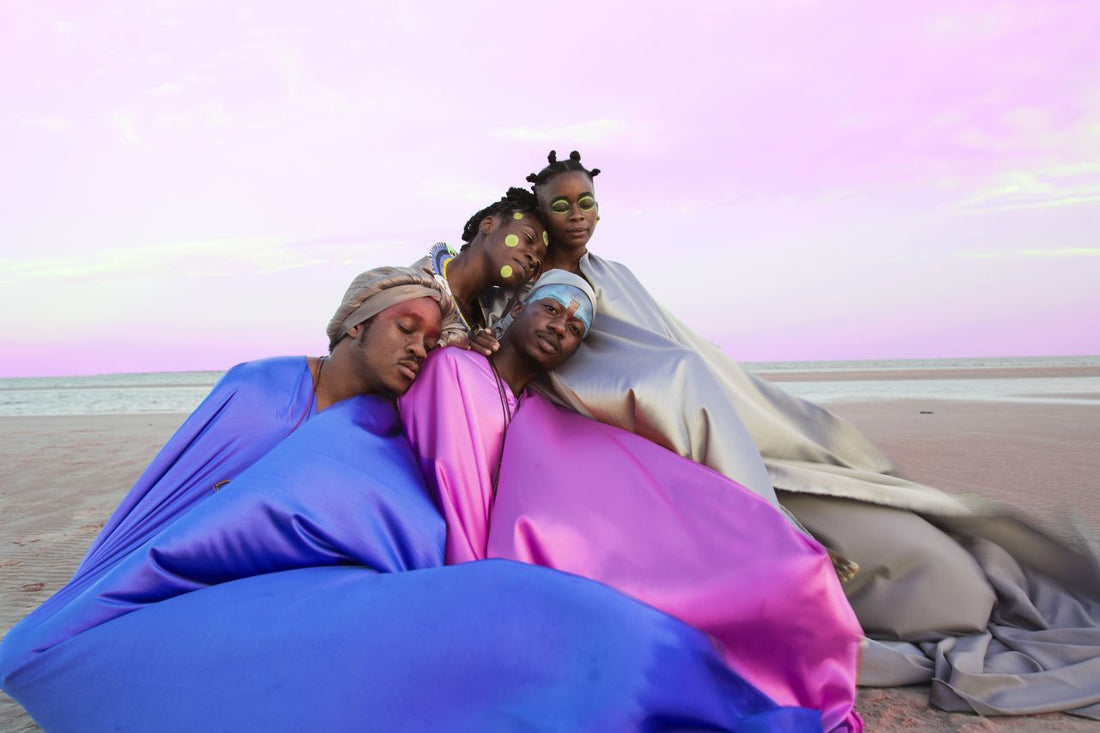As a young girl growing up in Tanzania, East Africa, I remember being mesmerized by a televised Valentino runway fashion show. All those red dresses, strikingly beautiful in their simplicity, were visually unforgettable. However, in retrospect, what captivated me was more than the fashion; it was the composition of the whole spectacle – the way the red tones moved effortlessly down the runway juxtaposed against the music and the lights. Ever since, I’ve been in love with the art of fashion.
In my earlier years as a fashion designer, I always struggled with the way I experienced clothes and the way I believe clothes should be experienced. Wanting to showcase clothing in a more profound way than the runway could offer, I started to shift my focus from fashion to visual art.
There’s been much talk about identity in recent years, the continual movement towards freedom through claiming sexuality and redefining gender norms, for example. Identity and space is also linked – how we choose who is given space, and who is let into what spaces.

This was the theme of this year’s ColabNowNow, a collaborative artmaking and storytelling residency that took place in Maputo, Mozambique this past October during the Maputo Fast Forward Festival. In 2018, I was one of nine creatives from East Africa, West Africa, Southern Africa and the UK to take part, and this year, I returned as a facilitator.
Working with the 11 digital creatives, some of whom incorporate clothes into their visual art, I was able to observe anew how fashion and art conversed in motion, a throwback to the aesthetic harmony I so enjoyed from the 90’s Valentino shows.
“To me, fashion or costume is the main thing that gives life to the artistic aesthetic I’m exploring. Most importantly, it adds cultural information about the theme and setting of the work. The colors, the patterns (or lack thereof) and the type of materials vary according to what ideas I am playing with,” says Kwasi Darko, a photographer from Ghana whose project, Here & Now, explores how homosexuality is essentially erased from the history of African men, labeled as taboo and “un-African”.
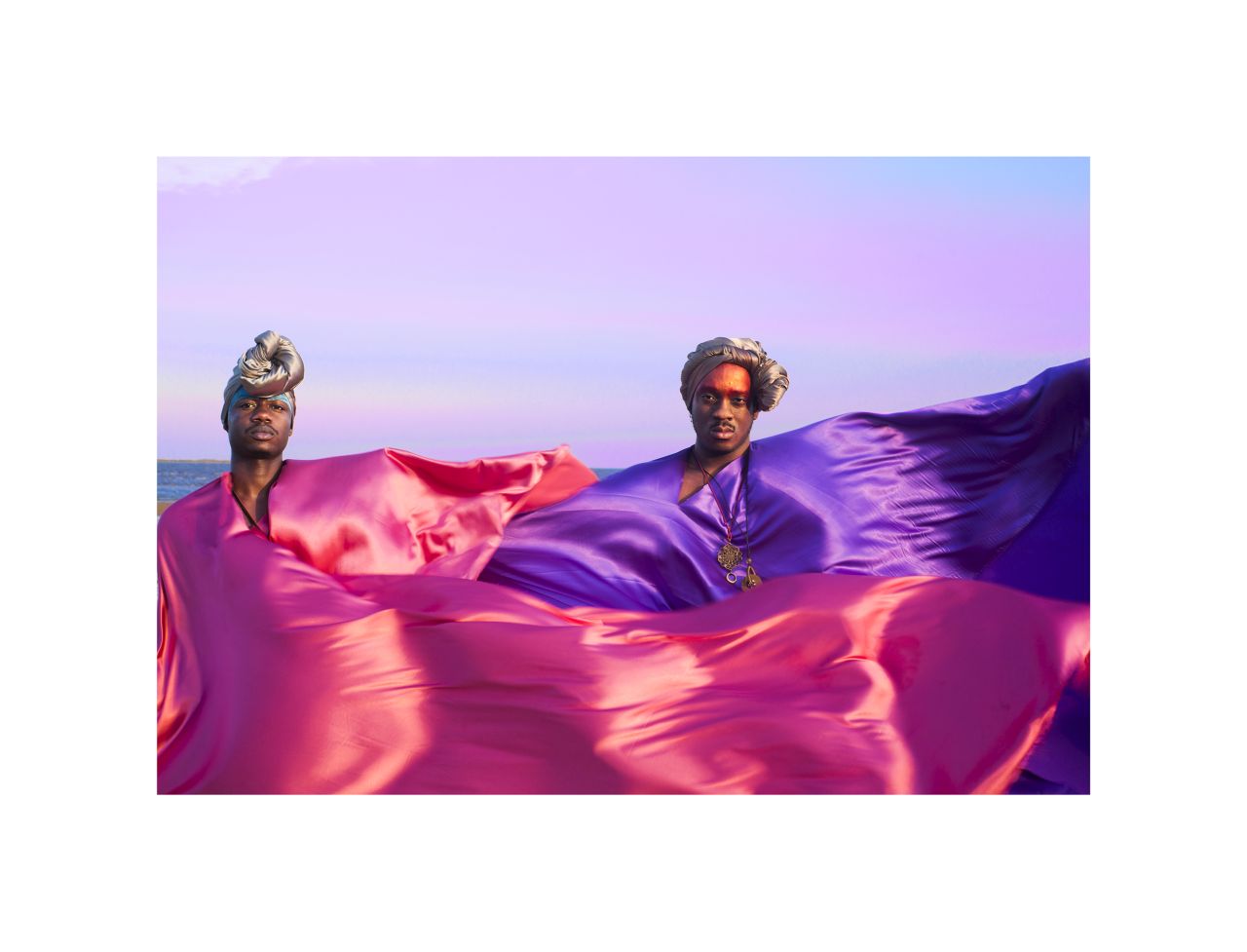 “I chose silky fabrics because of the element of freedom that the flowy nature of the material represents to me. Seeing that I was exploring the idea of fluidity, a stiff denim for example, will not capture the feeling I wanted to represent.”
“I chose silky fabrics because of the element of freedom that the flowy nature of the material represents to me. Seeing that I was exploring the idea of fluidity, a stiff denim for example, will not capture the feeling I wanted to represent.”
Emphasizing the important role color plays in enforcing gender stereotypes, Kwasi says: “To have men in pink and purple flowing dresses was the height of liberation and breaking from certain gender norms. That to me is how powerful and meaningful the intersection of fashion and art can be.”
Similarly, Keren Lasme, a photographer from Ivory Coast, and Isabella Bissau, a textile and fashion designer from Uganda, explore space and belonging through collaboration.

Keren’s visual and sonic project titled A Cosmic Dance, presents the psyche as a space to expand – going beyond our conscious and subconscious barriers. “In addition to the poses and hairstyle, I feel like this transparent fabric really emphasised the otherworldly aesthetic that I wanted the photographs to have. It’s almost like the models are coming from another dimension, another world,” she explains.
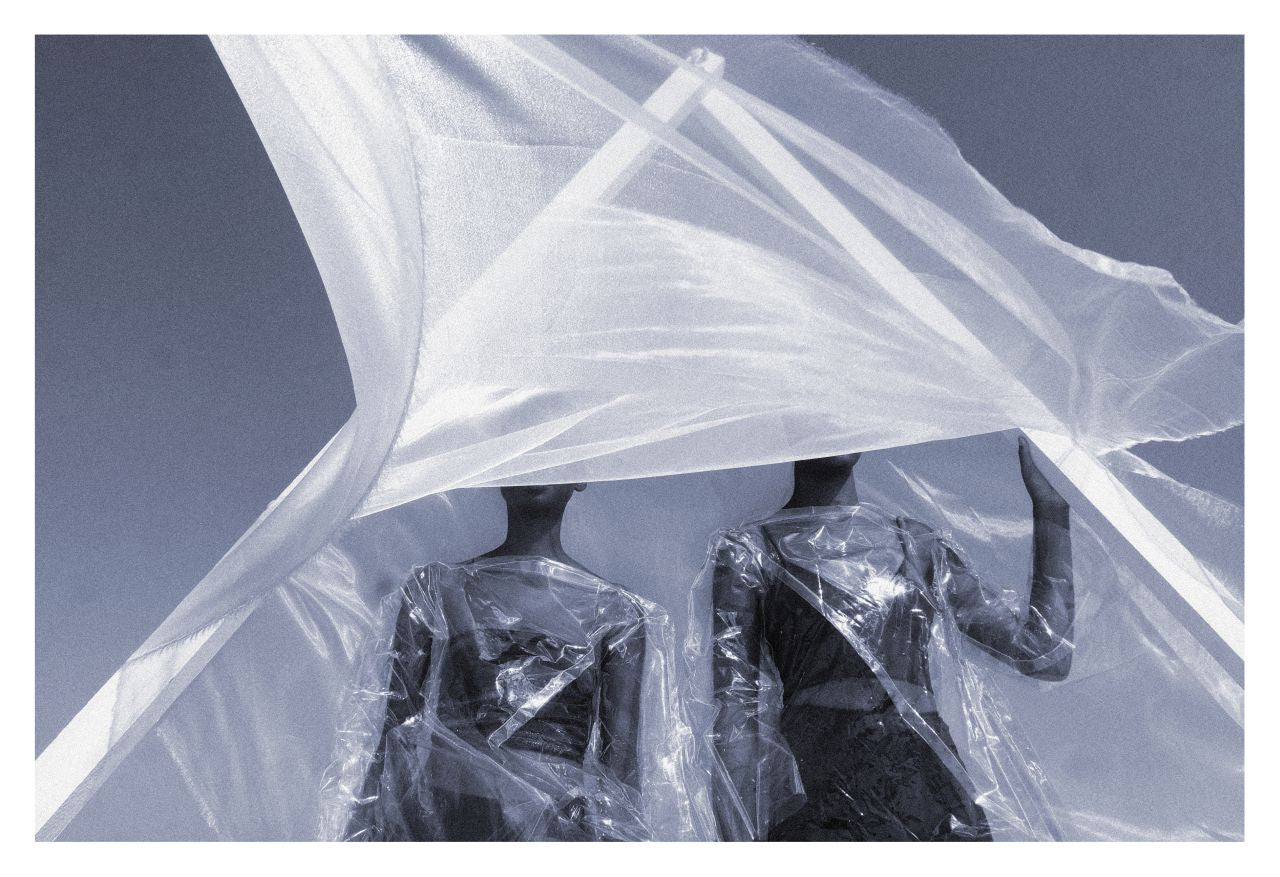 “To me, the only difference between art and fashion is that one is non-functional and the other is functional, yet it is the same artistic spirit that comes into play.”
“To me, the only difference between art and fashion is that one is non-functional and the other is functional, yet it is the same artistic spirit that comes into play.”
Fashion designer Isabella Bissau, who made the clothes for the project, has a more technical approach on how she engages with and produces her work. “In my art, fashion plays the role of a design tool. It’s a quick way for me to work through larger spatial ideas, a model if you will. I use small figurines to come up with ideas and these also take on an interesting form of art when photographed.” Isabella’s art involves experimenting with texture, form and the architecture within design.
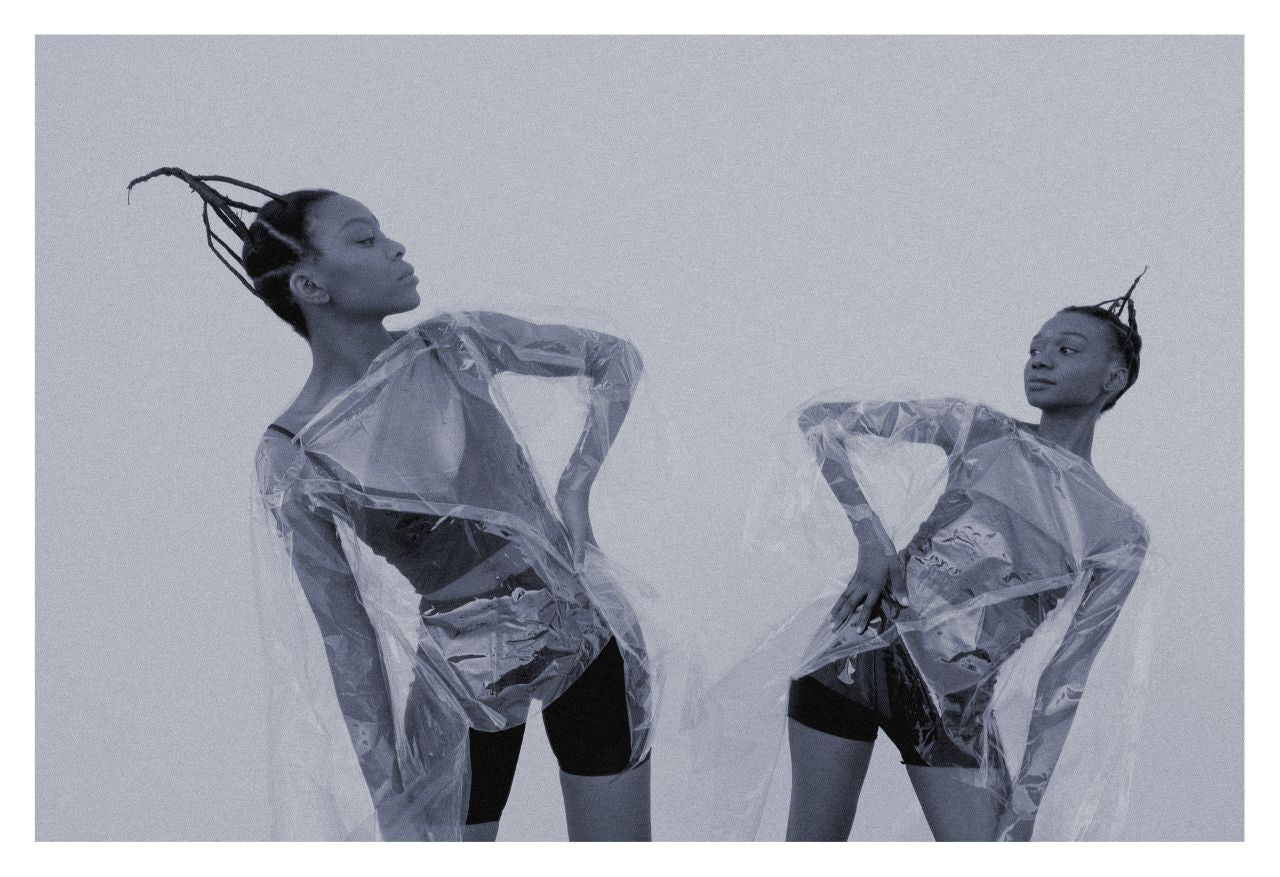 My own personal search for the art within the clothes and the clothes within the art has led me to a collaboration of sorts between words, images, and textiles. Echoing Keren’s philosophy, the spirit and intention of creating is what is important. Fashion without intention is just clothing, the same way art without intention is just bullshit decoration.
My own personal search for the art within the clothes and the clothes within the art has led me to a collaboration of sorts between words, images, and textiles. Echoing Keren’s philosophy, the spirit and intention of creating is what is important. Fashion without intention is just clothing, the same way art without intention is just bullshit decoration.
I’ve come to realize that clothes account for a large part of both personal and communal identity. From rainbow painted t-shirts, to the rise of the “African print” dress, to monotone skirts for men, clothes have the power to represent us before we can represent ourselves, if done with intention.
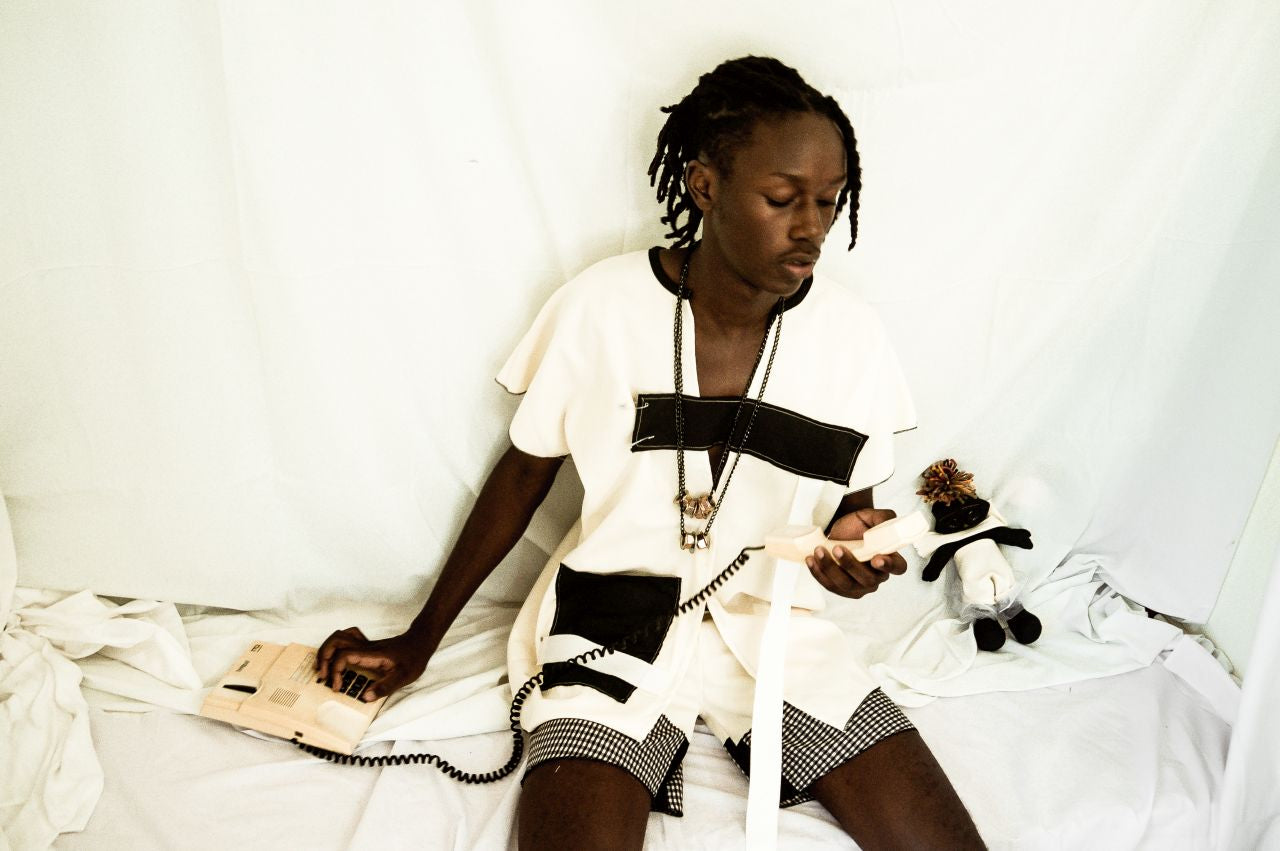 Art and Fashion have always, and will continue to feed each other. Both are markers highlighting social and historical context, both a reflection of who we were, who we are and (possibly) who we may become.
Art and Fashion have always, and will continue to feed each other. Both are markers highlighting social and historical context, both a reflection of who we were, who we are and (possibly) who we may become.
The Maputo Fast Forward Festival is a month-long platform for celebrating the cultural scene in Mozambique’s capital city. Founded in 2017, the annual line up of creative interventions usually includes an academic conference, exhibitions, workshops, debates and its own film festival.
About the author
 Valerie Amani is a Dar es Salaam born and based fashion designer, makeup artist and graphic designer. She is the founder and creative director of Kahvarah, a boutique fashion label that focuses on the African narrative, as well as the visual art program manager at Nafasi Art Space where she curates exhibitions and workshops. Valerie combines her digital art with her love of writing to tackle issues on neo-colonialism, environmental awareness and feminism. Follow her on Instagram.
Valerie Amani is a Dar es Salaam born and based fashion designer, makeup artist and graphic designer. She is the founder and creative director of Kahvarah, a boutique fashion label that focuses on the African narrative, as well as the visual art program manager at Nafasi Art Space where she curates exhibitions and workshops. Valerie combines her digital art with her love of writing to tackle issues on neo-colonialism, environmental awareness and feminism. Follow her on Instagram.

